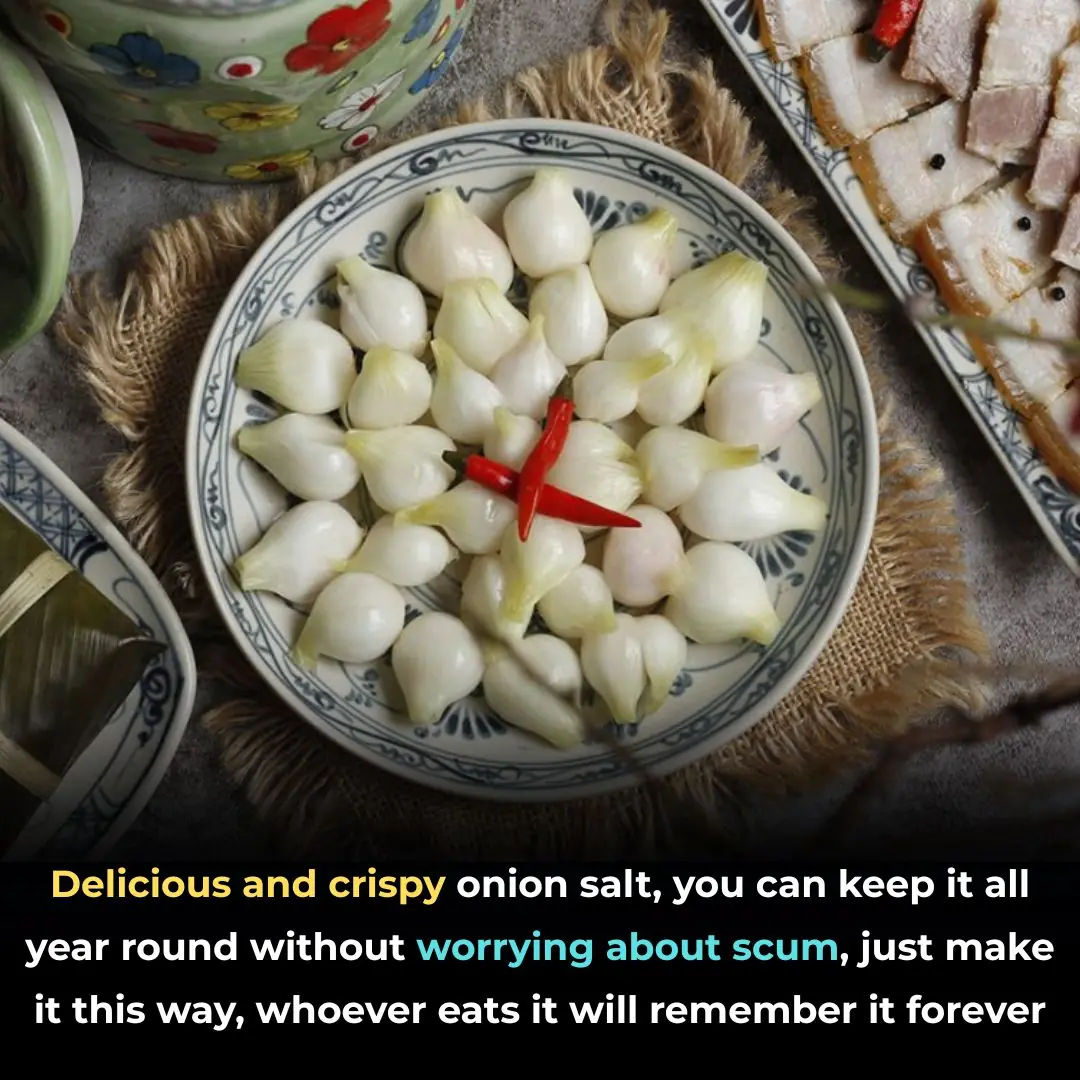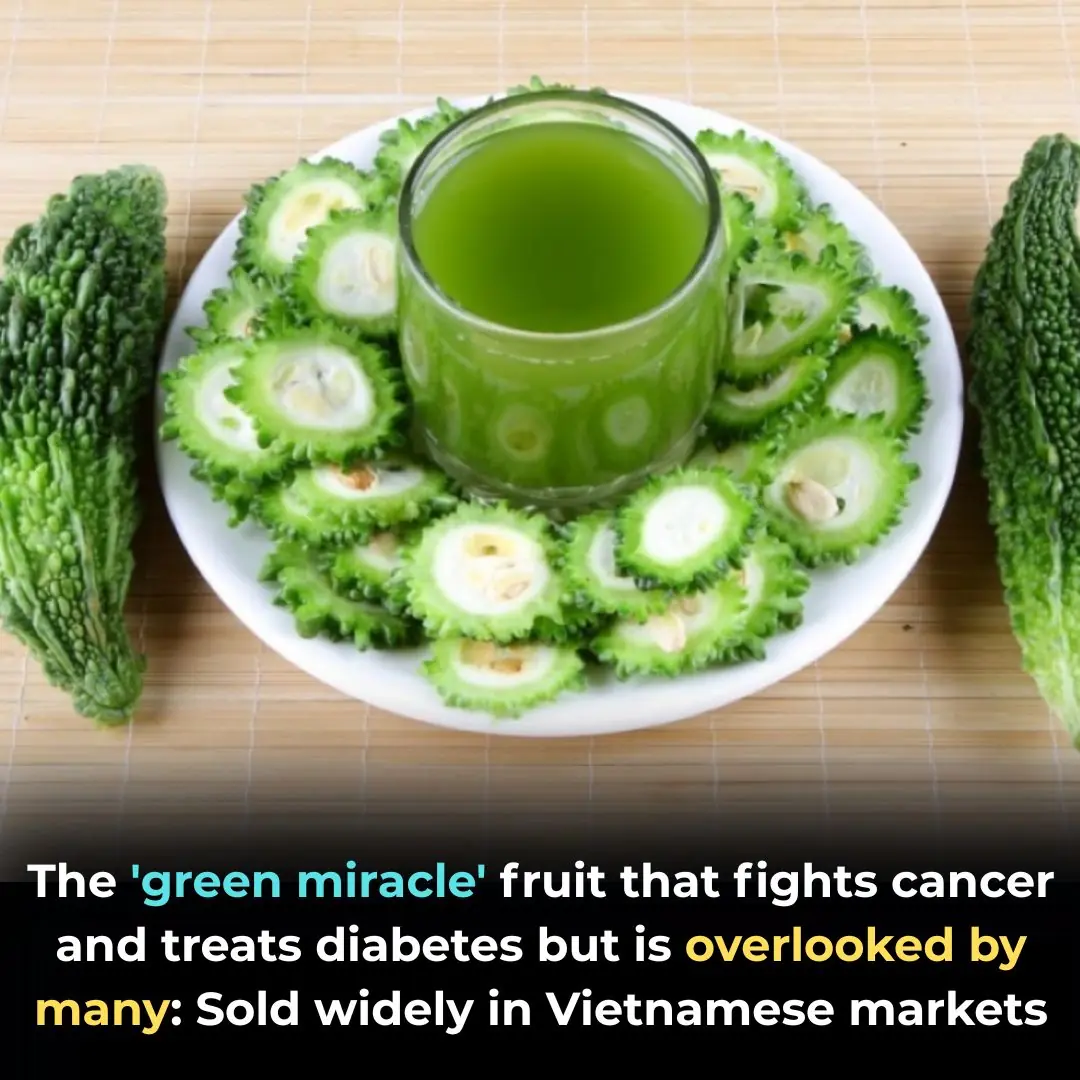
How to distinguish real and fake goji berries

How to Distinguish Real and Fake Goji Berries: A Complete Guide
There are countless stores and online sellers offering goji berries today. However, not all products on the market are genuine or of good quality. So, how can you tell the difference between authentic and fake goji berries? And how do you recognize premium-quality goji berries compared to poor ones? Let’s explore everything you need to know in the article below.
The Health Benefits of Goji Berries
According to Traditional Chinese Medicine (TCM):
Goji berries (known as Câu kỷ tử in Vietnamese) are believed to have a neutral nature and a sweet taste. They enter the Liver, Lung, and Kidney meridians, helping to balance the body’s vital energy.
From a modern scientific perspective:
Goji berries are a nutritional powerhouse. They are rich in carotene, vitamins A, B1, B2, and C, as well as minerals such as calcium and iron. In addition, they contain betaine, unsaturated fatty acids, and eight essential amino acids that are highly beneficial to human health.
Because of these nutrients, both Eastern and Western medicine recognize the significant health benefits of goji berries.
Key Health Benefits
-
Boosts immunity and energy: Regular consumption enhances the body’s resistance to illness and fatigue.
-
Lowers blood pressure and cholesterol: Helps regulate cardiovascular health.
-
Cancer prevention: Antioxidant compounds in goji berries help neutralize free radicals.
-
Enhances male vitality and fertility: Traditionally used to improve reproductive health.
-
Reduces inflammation and allergic responses: Useful for people with chronic allergies.
-
Improves memory and blood formation: Stimulates red blood cell production and brain function.
-
Lowers blood sugar: Supports diabetes management.
-
Promotes youthful skin: Helps slow down aging and nourishes complexion.
-
Protects liver and kidneys, improves vision: Often used in formulas for eye and organ health.
In short, goji berries are not just a traditional herb but a natural superfood that supports overall well-being.
Common Ways to Use Goji Berries
Goji berries can be consumed in various ways: as tea, soaked in wine, added to soups and porridges, or even ground into powder.
-
Eat them directly:
You can lightly steam the berries for a few minutes or warm them over a low flame before eating. Consume twice daily, preferably in the morning and evening. -
Goji berry tea:
Put dried goji berries into a teapot, pour in boiling water, and steep for 5–7 minutes. Drink both the tea and the softened berries. You can also combine them with chrysanthemum flowers, red dates, longan, or rose petals for enhanced flavor and benefits. -
In cooking:
Goji berries add a subtle sweetness to dishes like chicken soup with goji berries, stir-fried carp with goji berries, or goji berry porridge. These dishes are nourishing and suitable for both adults and children.
Drinking goji berry tea regularly can help stabilize blood pressure, improve heart health, and reduce fatigue.
How to Identify Real vs. Fake Goji Berries
Because goji berries are in high demand, counterfeit or low-quality products are common. Here’s how to tell them apart:
Real Goji Berries
-
Shape: Firm, oval, slightly flattened on both ends.
-
Color: Bright or deep red, with natural wrinkles and a slight sheen.
-
Texture: Soft and pliable; the flesh is dense.
-
Seeds: Small, kidney-shaped, light yellow-brown.
-
Taste: Sweet with a mild aroma.
Fake Goji Berries
-
Shape: Round or irregular, sometimes larger and harder.
-
Color: Brownish-yellow or dark brown.
-
Texture: Rigid skin, often shows large visible seeds.
-
Taste: Sour or slightly bitter.
Detecting Sulfur-Smoked or Dyed Goji Berries
| Feature | Natural Goji Berries | Sulfur-Smoked / Dyed Goji Berries |
|---|---|---|
| Stem end | Small white spot at the stem | Entirely red with no white spot |
| Color | Deep red with natural variations | Bright uniform red, overly vivid |
| Touch test | Slightly soft; leaves no color on fingers | Sticky; stains fingers red |
| Texture | Wrinkled skin, thick flesh | Fewer wrinkles, thin flesh |
| Smell | Naturally sweet aroma | Sour or smoky smell like fireworks |
| Soaking in water | Turns light orange in cold water or golden in hot water; clear liquid | If dyed, water turns red and cloudy |
| Taste | Naturally sweet | Sour, bitter, or astringent taste |
A simple home test is to soak a few berries in warm water for several minutes. If the water turns unnaturally red or cloudy, the berries were likely dyed.
How to Recognize High-Quality vs. Poor-Quality Goji Berries
| Feature | Premium Quality | Poor Quality |
|---|---|---|
| Appearance | Large, firm, dry berries with vibrant color | Wet, clumped, or unevenly sized berries |
| Seeds | Intact, few broken seeds | Many broken or blackened seeds |
| Water Test | Floats on water | Sinks immediately |
| Price | Higher, reflecting quality | Suspiciously cheap |
High-quality goji berries are naturally fragrant, sweet, and vibrant, while low-quality ones often have a dull look and unpleasant taste.
Final Thoughts
Goji berries are a valuable medicinal and nutritional food that can greatly benefit your health when chosen wisely. By learning how to recognize genuine, naturally dried goji berries, you can avoid harmful, sulfur-smoked, or artificially colored products.
Always buy from reputable sellers, read labels carefully, and check appearance, aroma, and texture before purchasing. A little attention to detail will ensure you enjoy all the health-boosting benefits that real goji berries have to offer.
News in the same category


You’re doing it all wrong. Here’s the right way to clean air vents

My nana taught me this hack to get rid of lawn burn from dog pee in 5 mins with 0 work. Here’s how it works

You're doing it all wrong. Here’s the right way to store milk and dairy

You are doing it all wrong. Here's the right way to clean mirrors

Most do this wrong. 10 leftovers you’re storing wrong

Delicious and crispy onion salt, you can keep it all year round without worrying about scum, just make it this way, whoever eats it will remember it forever

You are doing it all wrong. Here's the right way to store cleaning supplies

My nana taught me this hack to whiten yellow pillows in 5 mins with 0 work. Here’s how it works

If you see this plant, you are sitting on gold and don't even know it.

The truth about eating green papaya and ripe papaya is a secret that few people know

The 'green miracle' fruit that fights cancer and treats diabetes but is overlooked by many: Sold widely in Vietnamese markets

How to wash and condition hair with rice water to reduce hair loss and continuously promote new hair growth

4 dishes using hairleaf herb to effectively treat stomach pain

5 Warning Signs That Could Indicate a Serious Illness — Check Yourself and Your Loved Ones

Drop a Silver Ball into Your Toilet — You’ll Be Amazed at What Happens Next

Don’t Eat Tofu Right After You Buy It—Freeze It First for a Magical Effect

Put a Bowl of Salt in Your Fridge: A Simple Yet Powerful Hack I Wish I Knew 30 Years Ago

4 Nighttime Habits That Make Women Age Faster and Shorten Lifespan: How Many Do You Do?

Today I Learned the Right Way to Use the Washing Machine Detergent Drawer — No Wonder My Clothes Used to Get Dirtier After Washing!
News Post

A 3-Year-Old Girl Bit a Thermometer and Swallowed Mercury: A Mother’s Smart Reaction Saved Her Daughter’s Life and Earned the Doctor’s Praise

5 Signs of Kidney Failure That, If Ignored, Could Lead to a Lifetime of Dialysis

Is Cancer Hereditary? Useful Advice to Prevent the Growth of Cancer Cells

4 types of people who should avoid eating cucumbers

10 Warning Signs It’s Time to Cut Back on Caffeine

Scientists Reveal Interoception, the Amazing Sixth Sense of Humans

Stop throwing out old hoses. Here are 10 brilliant hacks to use them around the house

Shaun Wallace’s heartbreak over tragic family death: ‘I watched him physically degenerate’

EXCLUSIVE: Kerry Katona 'upset' over 'selfish' Katie Price as cracks show in friendship

You’re doing it all wrong. Here’s the right way to clean air vents

Big Brother fans fume ‘she can't get away with this’ as they slam housemate

My nana taught me this hack to get rid of lawn burn from dog pee in 5 mins with 0 work. Here’s how it works

You're doing it all wrong. Here’s the right way to store milk and dairy

You are doing it all wrong. Here's the right way to clean mirrors

Most do this wrong. 10 leftovers you’re storing wrong

Delicious and crispy onion salt, you can keep it all year round without worrying about scum, just make it this way, whoever eats it will remember it forever

You are doing it all wrong. Here's the right way to store cleaning supplies

My nana taught me this hack to whiten yellow pillows in 5 mins with 0 work. Here’s how it works

3 ultimate recipes using Vaseline & lemon to erase dark spots, clear acne and glow skin
